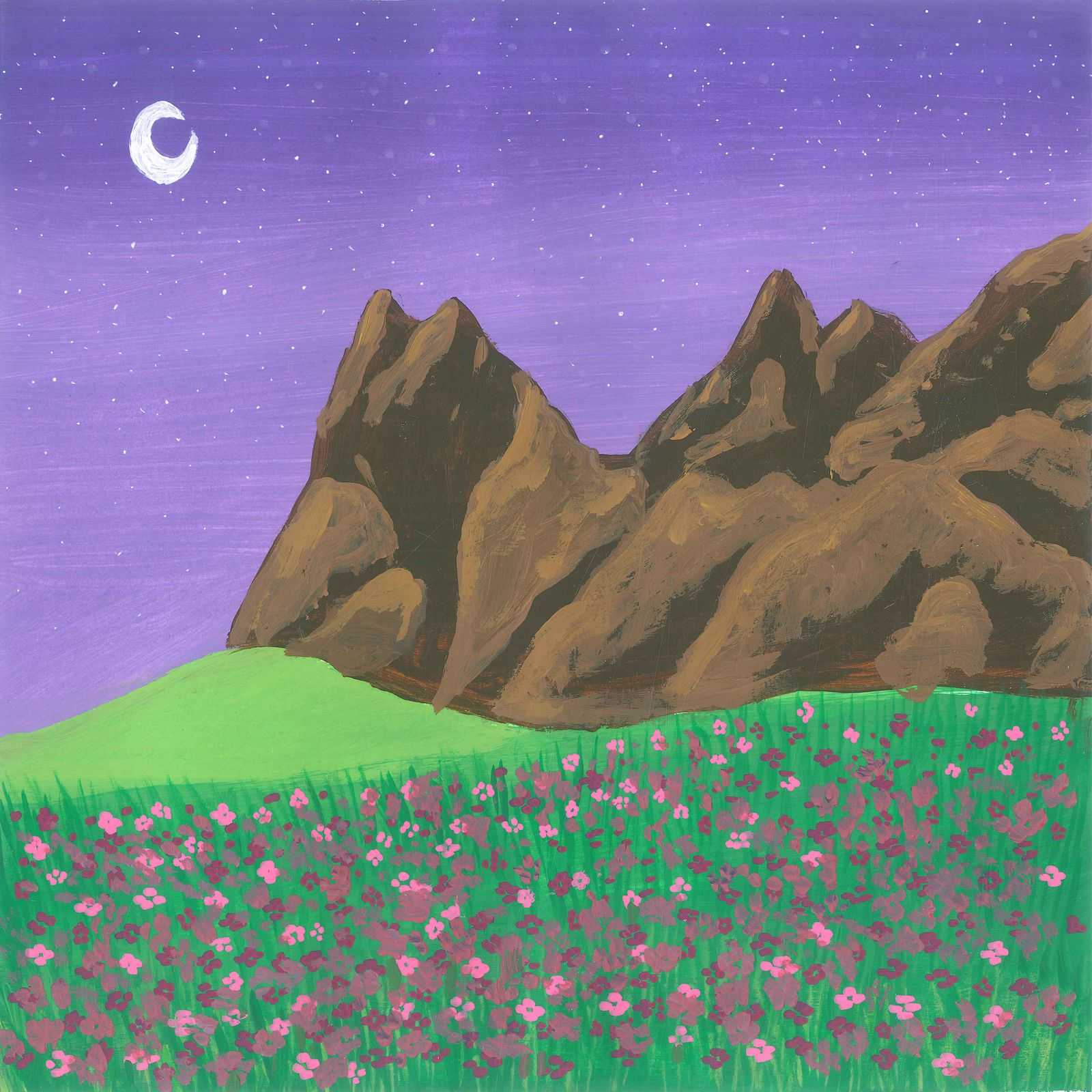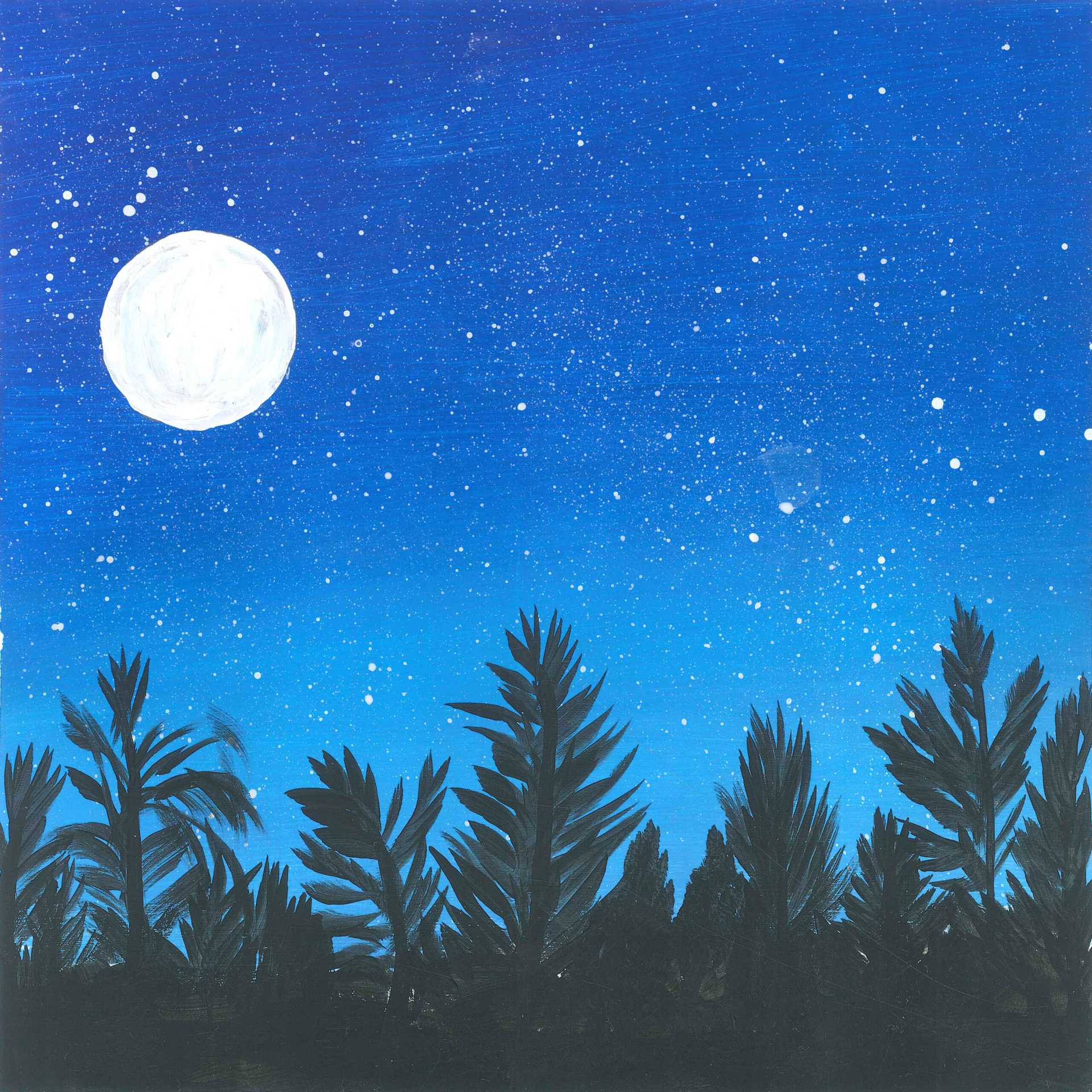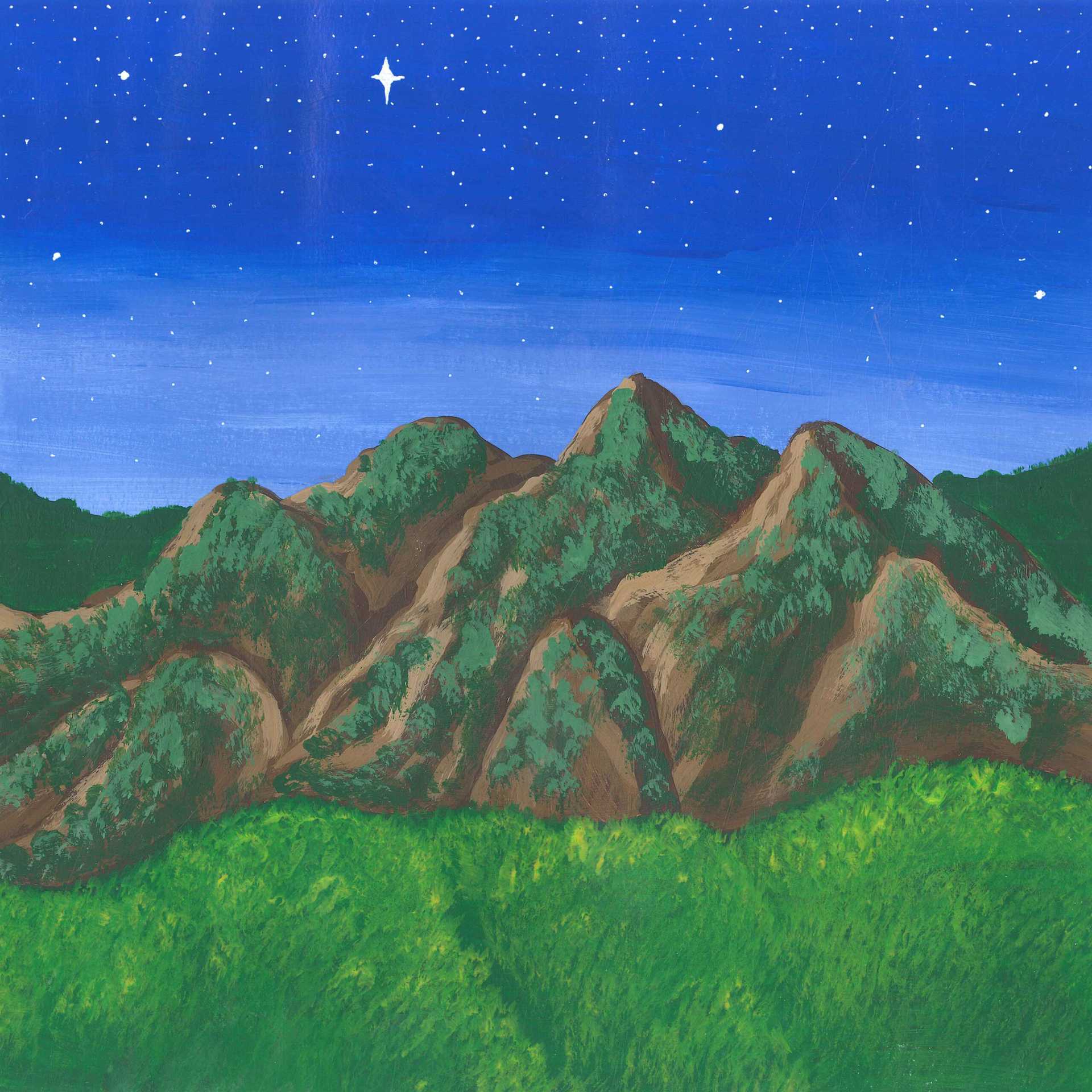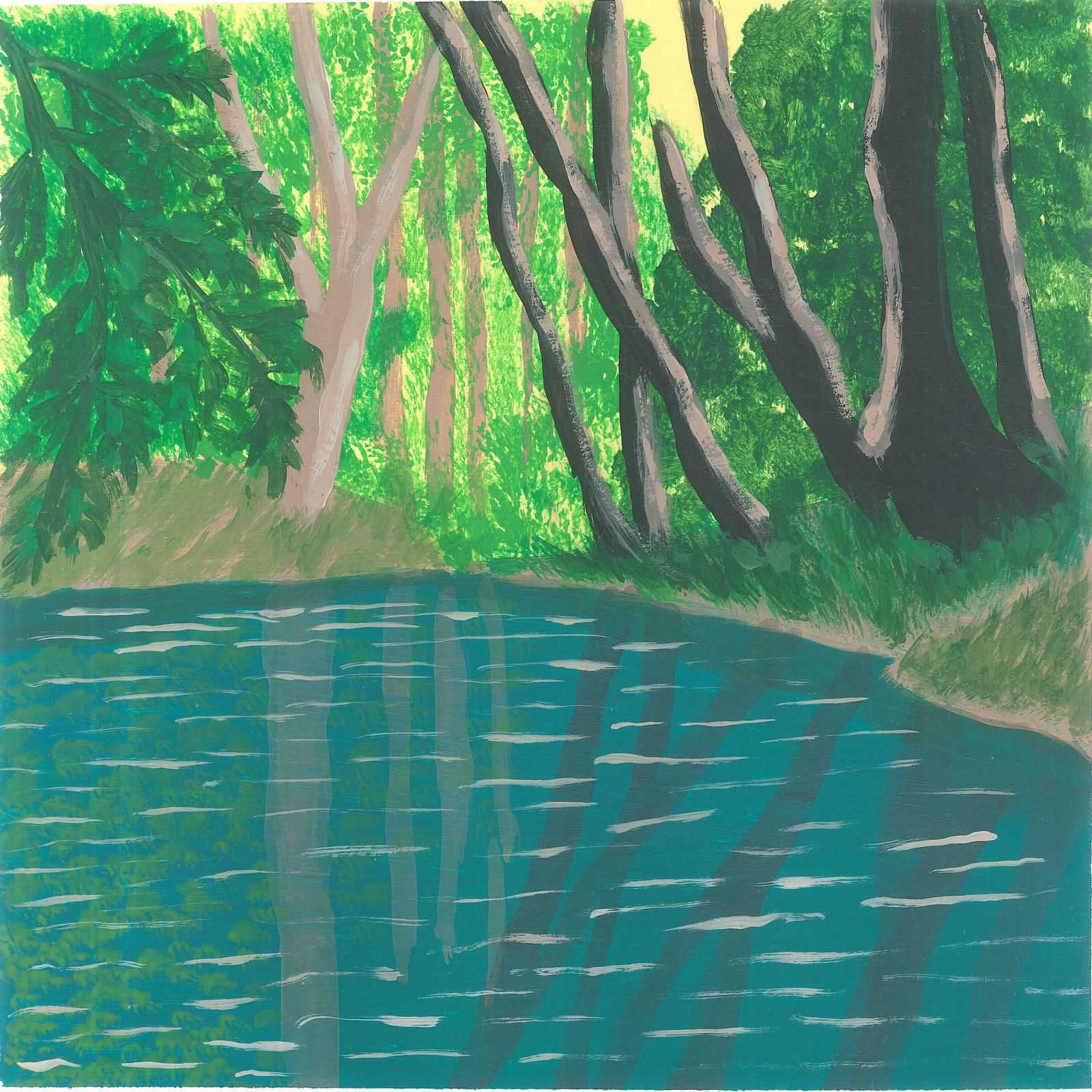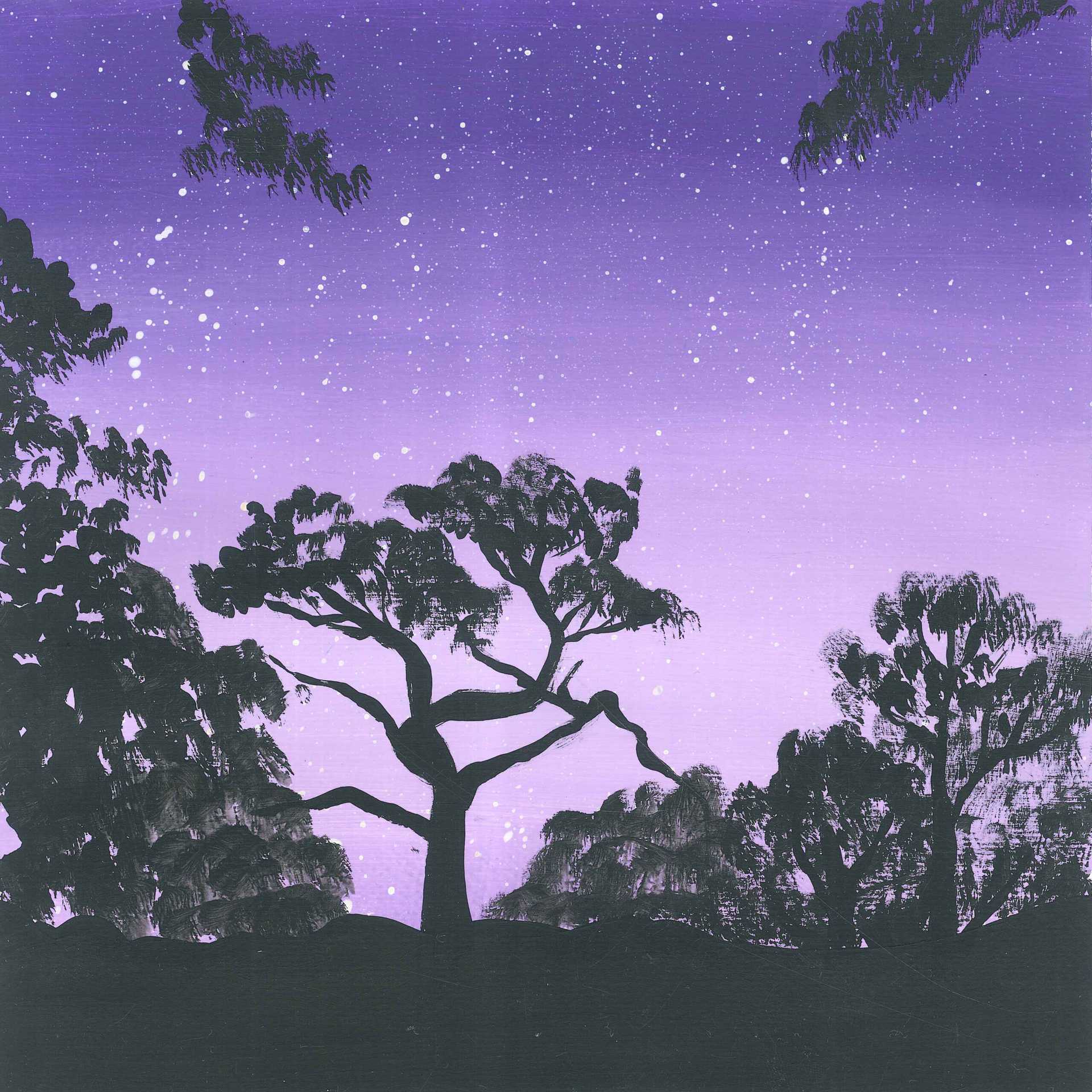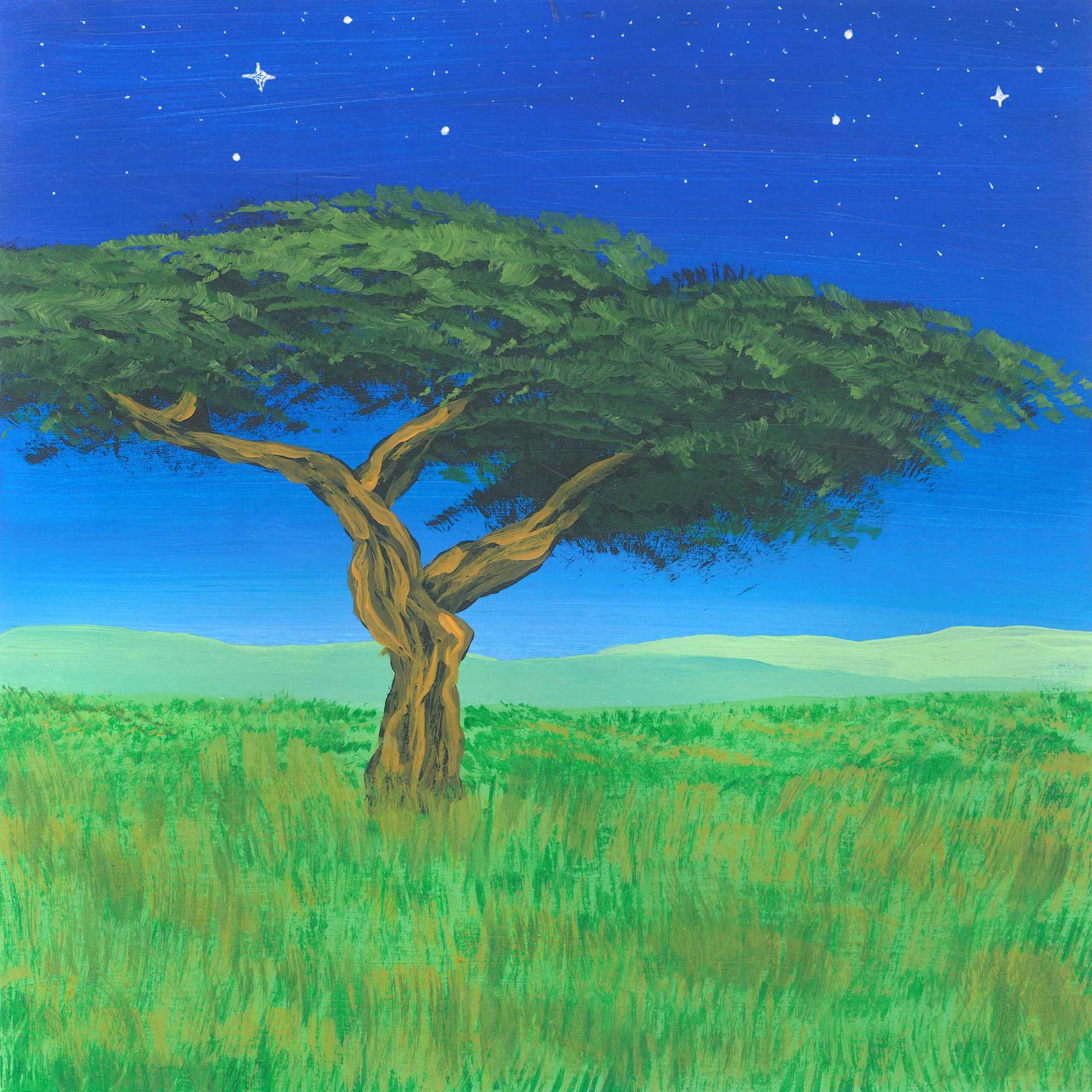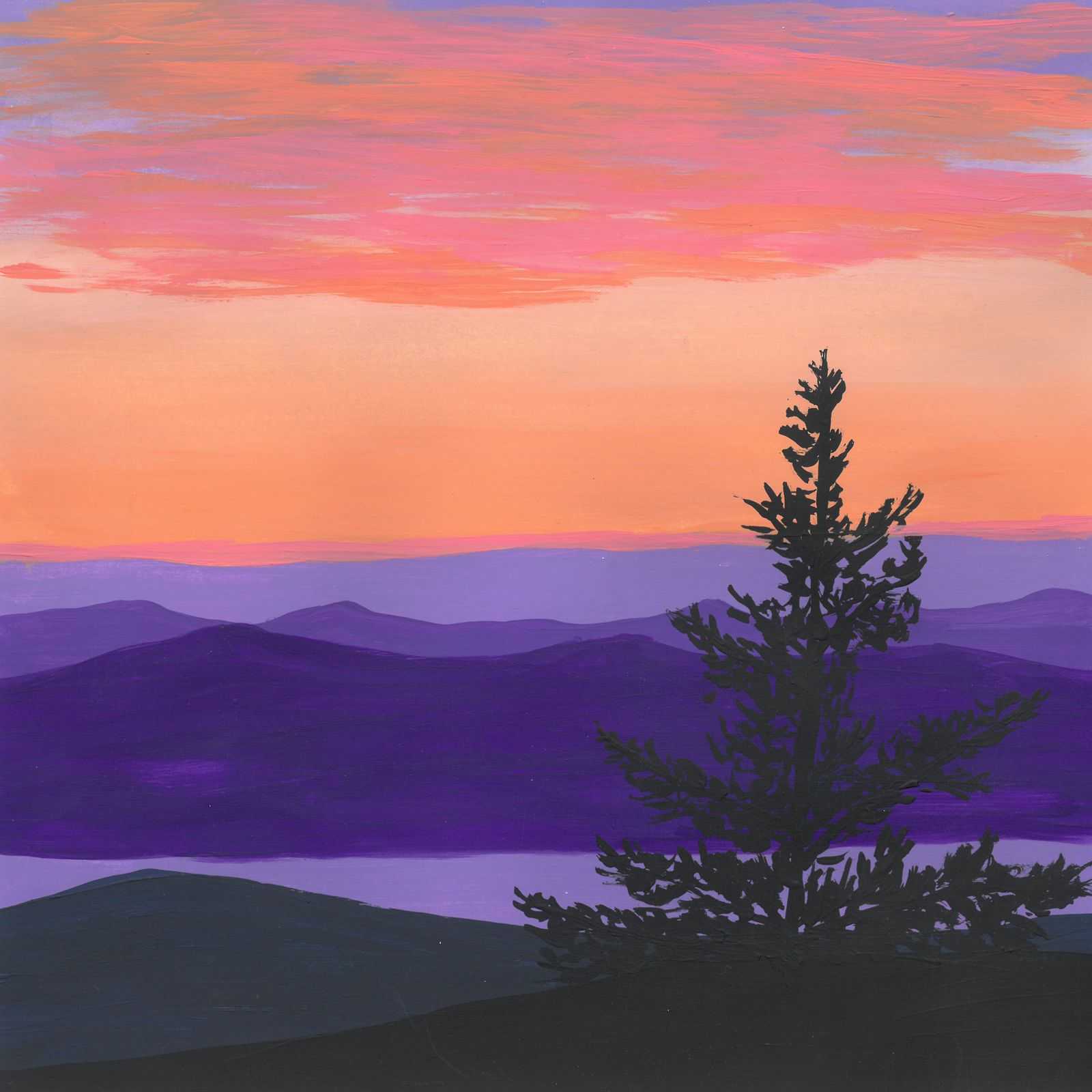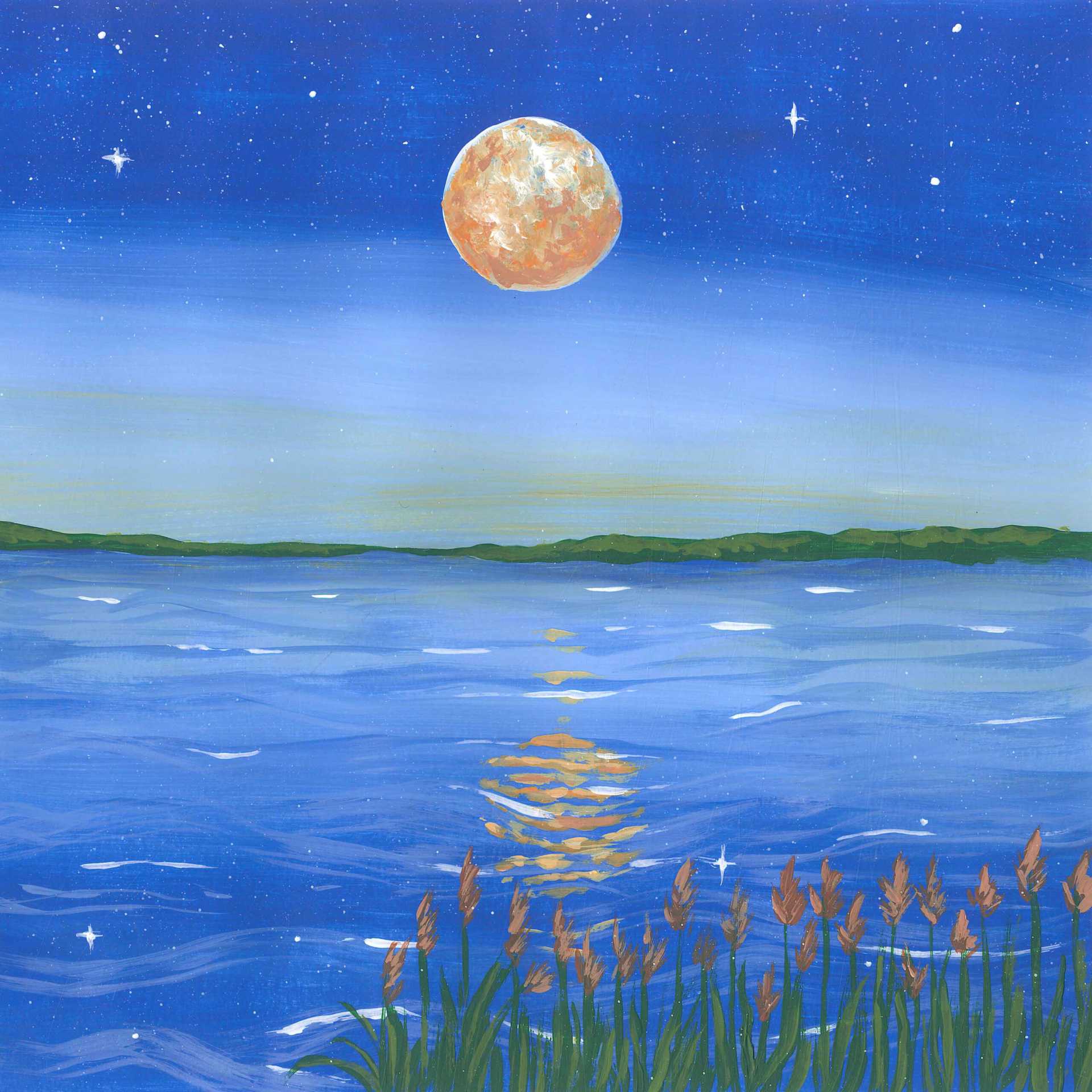What kind of sounds do owls make?
Owls are stealthy, but their voices are anything but quiet. Here’s the variety you might hear:
- Hoots
- Screeches
- Whistles
- Growls
- Bark-like calls
- Trills
- Hisses
- Squeals
- Bill snaps
- Chirrups
- Screams
- Clucks
These sounds vary between species and serve specific purposes like:
- Territorial defense (warning other owls to stay away)
- Attracting a mate (especially during breeding season)
- Calling to chicks (adult owls have “softer” calls for family communication)
- Alarm signals (like hissing or bill snapping at predators)
Why do owl calls vary so much?
Each species has its own “voiceprint.” For example:
- Barn Owls: Long, raspy screeches — almost like a horror movie
- Great Horned Owls: Deep hoots in a rhythmic “hoo-h’HOO-hoo-hoo”
- Eastern Screech Owls: A soft, descending whinny or trill
- Barred Owls: Classic “Who cooks for you? Who cooks for you all?”
Their environment influences call frequency too. Forest owls hoot lower so the sound travels farther through trees. Open-country owls use higher-pitched sounds that carry better in open air.
Are owls endangered?
Some are doing well. Others? Not so much.
Major threats to owl populations include:
- Deforestation destroying nesting sites
- Pesticides reducing prey like mice and insects
- Window strikes in urban areas
- Climate change affecting seasonal breeding
- Illegal hunting and trapping
- Habitat fragmentation from roads, farming, and sprawl
How can you support owl conservation?
- Keep dead trees standing when safe — they’re perfect nesting sites
- Avoid rodenticides — owls eat poisoned rodents and die
- Use owl nest boxes (especially for Barn Owls and Screech Owls)
- Support rewilding and native forest preservation projects
- Drive carefully in rural areas — owls often hunt near roads at night
- Join bird monitoring programs like eBird or local Audubon chapters
- Educate others — many still think owls are “bad omens” or pests
Got a garden or outdoor space? Try this:
- Install a water source
- Limit artificial lighting
- Don’t use pesticides
- Encourage native plants to bring in prey animals
- Avoid trimming trees during nesting seasons (spring/summer)


